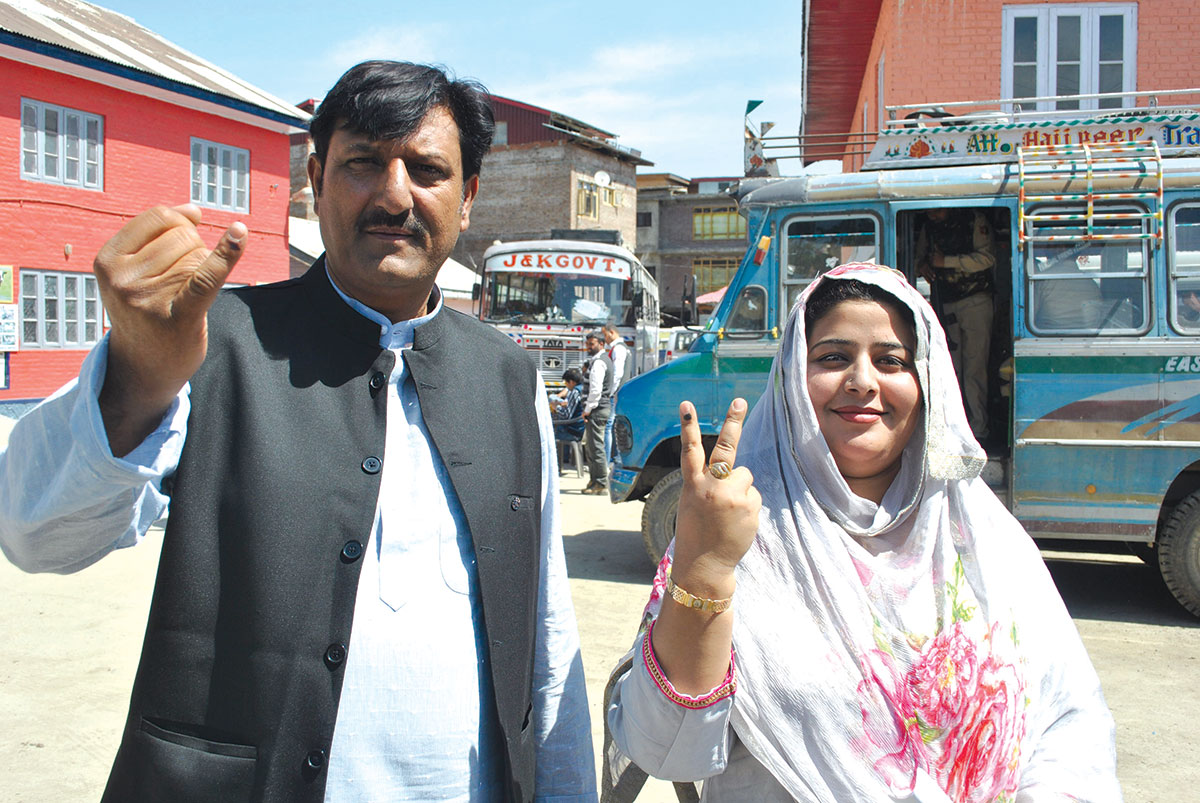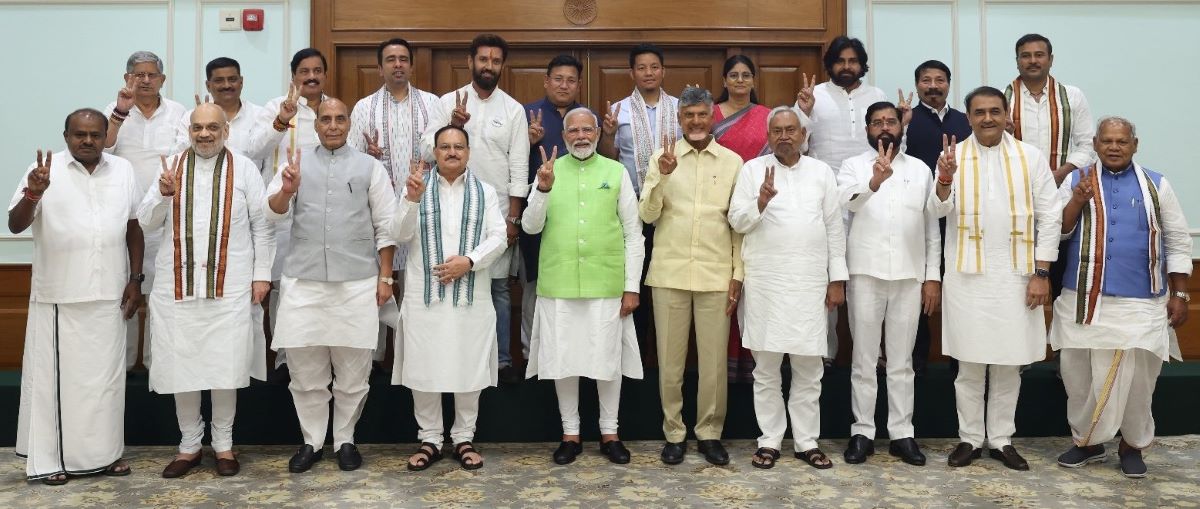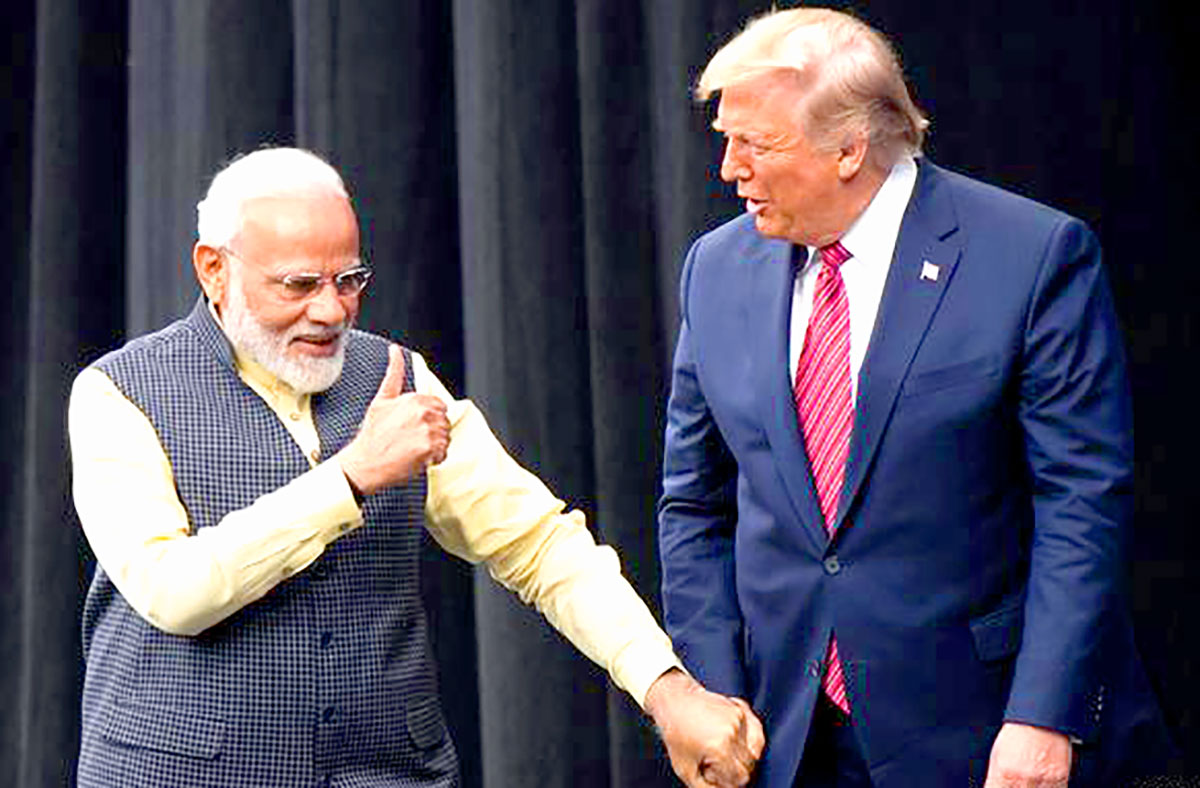by Javaid Iqbal
The issue of social desirability bias, where respondents tailor their answers to what they believe is socially acceptable, can skew results when sensitive topics are involved.

During a recent field research trip to rural Rajasthan, I found myself engaged in a spirited conversation with a group of local vendors. As we discussed the upcoming election, one vendor, an elderly woman with weathered hands and a gentle smile, shared a poignant story from her youth. She recounted a time when political upheaval swept through her neighbourhood, and she, along with her community, stood united in their quest for change.
Her words resonated deeply with me, reminding me of the profound impact that politics has on ordinary lives. In that moment, amidst the chaos of the marketplace, I realised the importance of listening to the voices of everyday citizens—the unsung heroes whose stories often hold the key to understanding the complexities of democracy.
The recent election results in India have sent shockwaves throughout the nation, catching political analysts, the public, and most notably, pollsters off guard. The disparity between pre-election predictions and the actual outcomes has once again underscored the complexities inherent in forecasting electoral behaviour in a diverse and dynamic democracy.
This phenomenon is not unique to India; it mirrored the 2016 US presidential election, where pollsters also faltered significantly. To understand why pollsters often get it wrong, we must delve into the intricacies of polling methodologies, the representativeness of their samples, and the broader socio-political landscape.

Polling in India, with its vast and heterogeneous population, presents unique challenges. India’s electorate comprises myriad castes, religions, languages, and socio-economic backgrounds, making it exceedingly difficult to capture a truly representative sample. Pollsters aim to extrapolate the preferences of over 900 million eligible voters from a much smaller sample size. This task is complicated by regional variations and the rapid pace of social change, which can render traditional polling methods inadequate.
Moreover, the geographical expanse of India, with its rural-urban divide, further complicates the task of creating a sample that accurately reflects the national sentiment.
One critical shortcoming in the recent polling efforts can be the underrepresentation of women and minorities. Women constitute nearly half of the electorate, yet their participation in pre-election surveys was disproportionately low. Several factors contribute to this underrepresentation, including cultural norms that restrict women’s interactions with strangers and the underestimation of their political engagement. Many women, particularly in rural areas, may be less likely to answer surveys or may not be reached by pollsters at all, leading to a significant gap in the data collected.
Moreover, the issue of social desirability bias, where respondents tailor their answers to what they believe is socially acceptable, can skew results when sensitive topics are involved.
Similarly, minorities—whether based on religion or caste —were not adequately represented in the sample populations. Pollsters often struggle to reach these groups due to linguistic barriers, geographical isolation, or distrust of outsiders. Consequently, the political preferences of these significant segments of the population are often underreported or misrepresented, leading to skewed predictions. The voices of marginalised communities, who may have distinct political concerns and motivations, are crucial to understanding the full electoral landscape. For instance, the political aspirations of Dalits or religious minorities might diverge significantly from the mainstream, yet their input often remains underrepresented.
The 2016 US presidential election offers a pertinent example of how polling can go awry. Pollsters in the United States largely failed to predict Donald Trump’s victory, primarily due to underestimating the turnout and enthusiasm of his core base, which included many rural and working-class voters. The phenomenon of the “shy voter”, where individuals do not disclose their true voting intentions, also played a crucial role.
Similar dynamics may be at play in India, where voters may feel uncomfortable expressing their true preferences, particularly if their views are unpopular or stigmatised in their communities. In India, where political affiliations can sometimes lead to social ostracism, this “shy voter” effect might be even more pronounced.

Moreover, polling methodologies themselves are fraught with potential for error. Online surveys while more inclusive of the tech-savvy demographic, can exclude those without internet access, skewing the results in another direction. In rural areas, where mobile phone penetration is lower, or among populations less familiar with technology, this can lead to significant gaps in data. Furthermore, the increasing prevalence of fake news and misinformation can shape public opinion in ways that traditional polling fails to capture, leading to unforeseen outcomes.
The timing of polls is another critical factor. Opinions can shift dramatically in response to late-breaking news, campaign events, or policy announcements. Polls conducted too far in advance of Election Day may fail to capture these shifts. Additionally, the strategic use of social media and other digital platforms by political parties can influence voter perceptions and behaviours in ways that traditional polling methods are ill-equipped to measure.
Social media campaigns, in particular, can create echo chambers that amplify certain views while marginalising others, further complicating the task of obtaining an accurate read on public sentiment. The role of digital micro-targeting, where specific voter groups are targeted with tailored messages, can also distort the broader understanding of voter behaviour.
The psychological impact of polling cannot be ignored. When voters perceive an election to be a foregone conclusion based on poll results, it can affect their motivation to turn out and vote. This phenomenon, known as the “bandwagon effect”, can lead to unexpected electoral outcomes as complacent or demotivated voters stay home, while those motivated by a perceived underdog status turn out in greater numbers. Conversely, the “underdog effect” can mobilise supporters who feel their candidate is unjustly lagging, creating last-minute surges that polls fail to predict.
The recent election results should serve as a reminder to both pollsters and the public to approach pre-election surveys with a healthy dose of scepticism. It is crucial to recognise the limitations of polling and to understand that predictions are just that—forecasts based on incomplete information.
For a more accurate picture, it is essential to ensure that all segments of the population, particularly women and minorities, are adequately represented in survey samples. This might involve adopting more inclusive and innovative methods of data collection, such as using mobile technology to reach remote areas or employing local interviewers who can bridge cultural and linguistic divides.
Leveraging artificial intelligence and big data analytics could provide more nuanced insights into voter behaviour by analysing patterns in social media activity and other digital footprints.
Additionally, pollsters need to continually refine their models to account for the rapid changes in societal attitudes and behaviours. This includes paying closer attention to emerging trends and undercurrents that may not be immediately apparent in traditional polling data. Machine learning and big data analytics offer new avenues for understanding complex voter behaviours and could complement traditional polling methods. For example, sentiment analysis of social media posts could provide real-time insights into public opinion shifts, while network analysis could help identify influential opinion leaders within different communities.
Finally, the role of education and transparency in polling cannot be overstated. Educating the public about how polls are conducted, the potential sources of error, and the limitations of polling data can help mitigate the impact of inaccurate predictions.

Transparency in polling methodologies and a commitment to ethical standards in data collection and reporting are essential to restoring public trust in the polling process. Pollsters must also be forthright about the margins of error and the inherent uncertainties in their predictions, rather than presenting their findings as definitive forecasts.
While the recent election results in India have highlighted the fallibility of polling, they also offer an opportunity for reflection and improvement. By addressing the underrepresentation of women and minorities, adopting more inclusive methodologies, and embracing new technologies, pollsters can move towards a more accurate understanding of the electorate’s diverse perspectives and preferences, thereby enhancing the integrity and reliability of future electoral forecasts.
(The author is a Health Economist. Ideas are personal)















